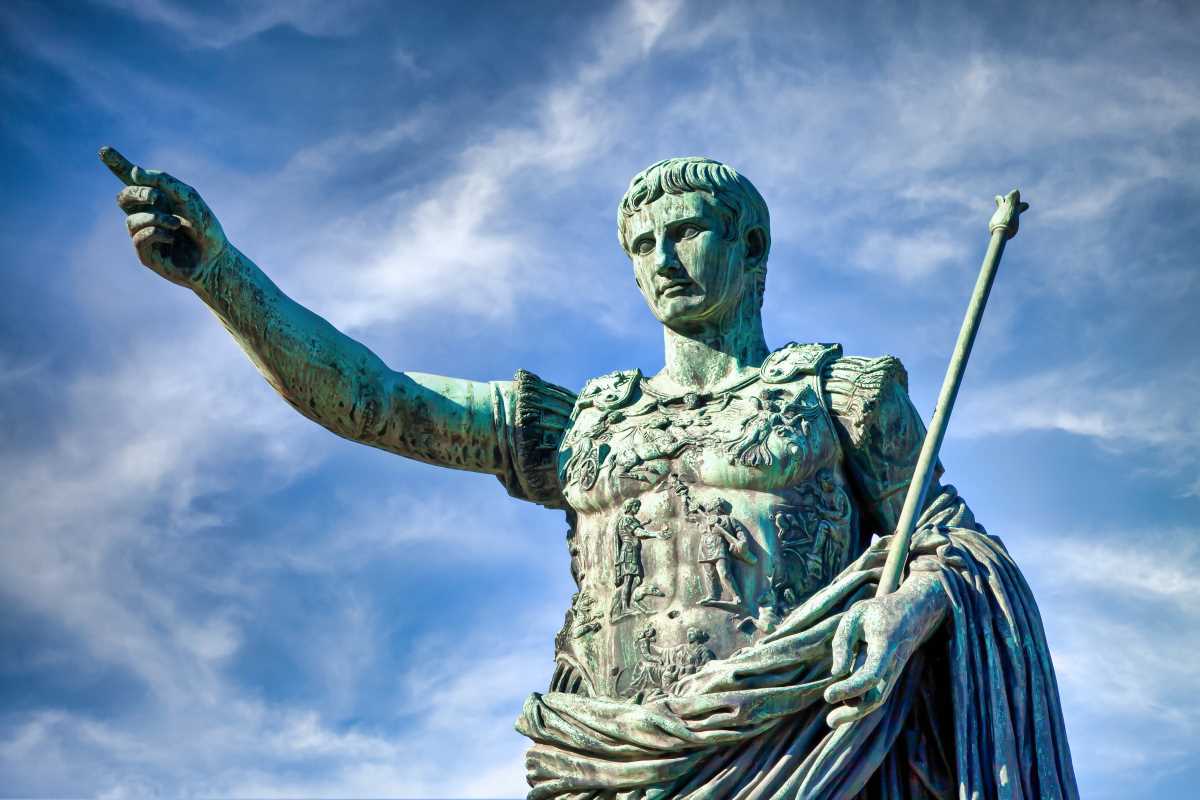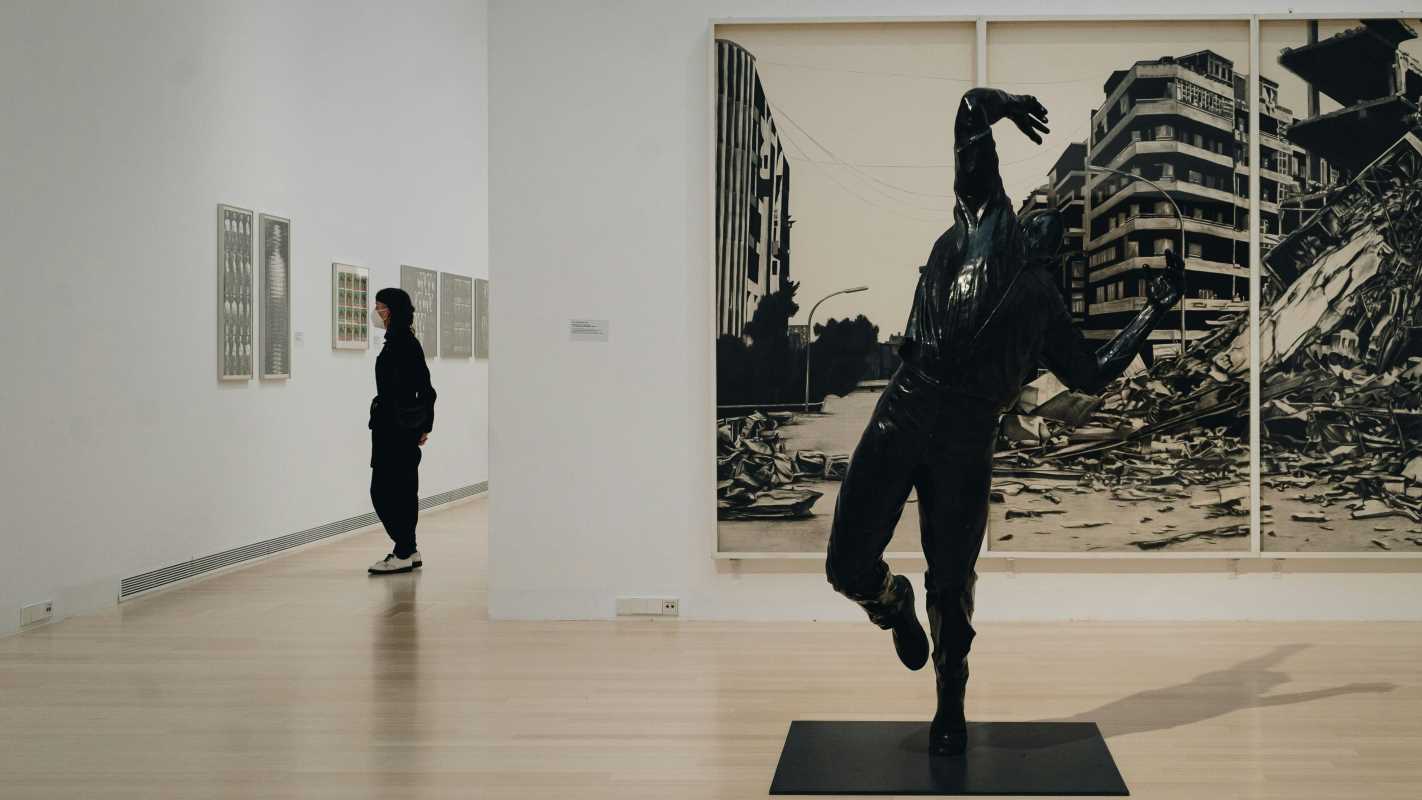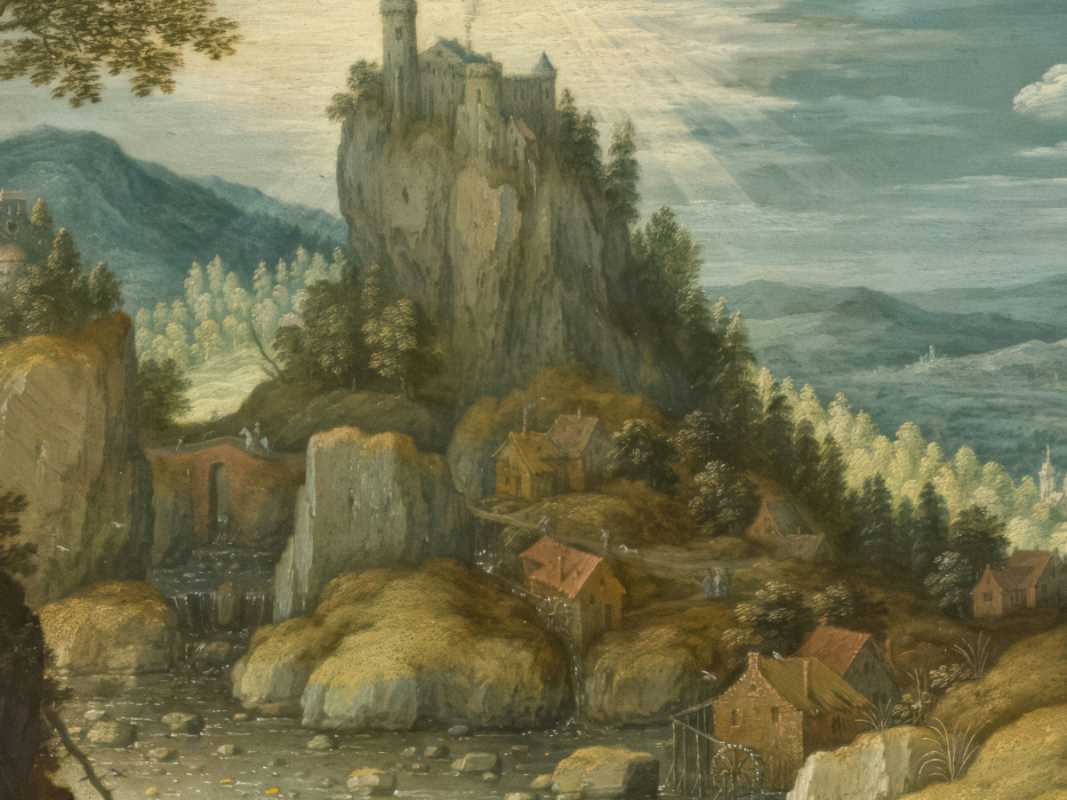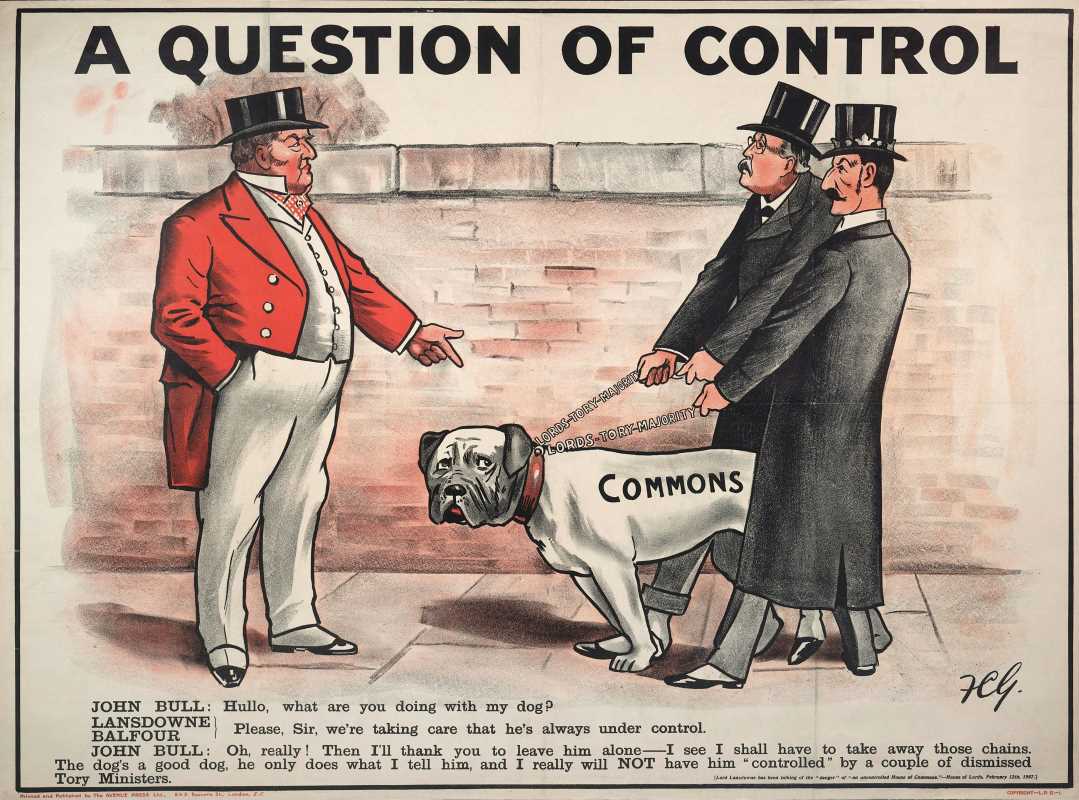Art is an expressive mirror of its time, capturing moments of upheaval, change, and hope during social revolutions. When societies rise against oppression and demand justice, artists often step forward to chronicle, interpret, and amplify those struggles through their work.
Whether as raw documentation or a tool for rallying support, art turns revolutions into vivid narratives. Here, we explore five pivotal social revolutions and the art that captured their spirit, immortalizing the causes they fought for.
The French Revolution: Liberty and Justice on Canvas
The French Revolution (1789–1799) was a seismic shift in the political and social order of France, advocating for liberty, equality, and fraternity. Artists of the time were both witnesses and participants, creating powerful imagery that reflected the fervor of the era.
One of the most iconic works from this period is Jacques-Louis David’s The Death of Marat (1793). Depicting the slain revolutionary leader Jean-Paul Marat in a stark, almost hallowed composition, David’s work celebrated Marat as a martyr of the revolution. With its somber tone and masterful use of light, the painting fused political sentiment with classical aesthetics, becoming a symbol of resistance against tyranny.
Another significant piece, Liberty Leading the People (1830) by Eugène Delacroix, although created years later, encapsulates the revolutionary spirit ignited during this period. Liberty, personified as a fearless woman holding the tricolor flag, leads a diverse group of individuals toward freedom. This allegorical figure transcended boundaries, serving as an emblem of resistance long after the revolution ended.
Through paintings, engravings, and revolutionary propaganda, art became a medium to unite the people, narrate their struggles, and immortalize their victories.
The Civil Rights Movement: Colors of Resistance
The mid-20th-century Civil Rights Movement in the United States sought to end racial segregation, discrimination, and inequality. Activists and artists alike collaborated to shed light on the injustices faced by African Americans, using art to inspire change and document resilience.
Jacob Lawrence’s The Migration Series (1941) is a stunning chronicle of the Great Migration, capturing the exodus of African Americans from the rural South to Northern cities in pursuit of freedom and opportunity. Using bold colors and simplified forms, Lawrence depicted both the hope and hardship that marked this monumental shift, deeply connecting his art to the fight for social justice.
Similarly, Faith Ringgold made waves with her story quilts and paintings, weaving narratives rooted in African American and feminist experiences. Her quilts, such as Tar Beach, bridged personal storytelling with larger societal struggles, embodying the dreams of equality and freedom.
Photographic art also played an integral role, with activists like Gordon Parks using his lens to document moments of injustice and dignity. His famous photograph American Gothic, featuring a determined African American woman with a mop and broom in front of an American flag, critiqued the country’s racial divide with poignant clarity.
Art became not just a record of the movement but also a rallying cry, reminding the world of the collective power of vision and voice.
The Russian Revolution: Futurism and Propaganda
The Russian Revolution of 1917, which led to the rise of the Soviet Union, was a moment of radical change where art and propaganda walked hand in hand. Artists aligned with the Bolsheviks sought to create a new visual language that matched the seismic political shift, blending avant-garde styles with revolutionary zeal.
Constructivism emerged as a defining artistic movement of the revolution, led by visionaries like El Lissitzky and Alexander Rodchenko. El Lissitzky’s poster Beat the Whites with the Red Wedge (1919) became an iconic example of how geometric abstraction and bold color usage could carry clear political messages. The red wedge symbolized the revolutionaries, cleaving through the white opposition.
Another notable figure, Kazimir Malevich, contributed through his Suprematist art, which emphasized simple forms and colors inspired by revolutionary ideals. While abstract, his works embodied the idea of a modern, egalitarian society focused on breaking away from tradition.
Visual propaganda, particularly poster art, defined the Soviet Union’s identity. Words and images merged powerfully in campaigns that glorified rural peasants, industrial workers, and unity. Art became a tool for creating not only a visual identity for the state but also a shared revolutionary consciousness among its people.
Feminist Movements: Voices of Equality
The feminist movements of the late 19th and 20th centuries brought the fight for gender equality into sharp focus, and art became a central stage for challenging traditional power structures and redefining societal norms. Feminist artists illustrated the personal as political and used their work to expose systemic sexism, celebrate womanhood, and critique patriarchy.
During the 1970s, Judy Chicago’s The Dinner Party became one of the most influential feminist artworks of all time. This monumental installation celebrated women’s achievements throughout history by setting a symbolic banquet table for 39 iconic women. Each elaborate place setting included individualized glassware, ceramic plates, and embroidery that paid homage to the woman it represented, demanding recognition for stories often excluded from historical narratives.
Photographer Cindy Sherman also made her mark with her Untitled Film Stills series, where she transformed herself into various female archetypes from classic Hollywood films. Her thought-provoking photographs challenged stereotypes and raised questions about female identity, expectations, and societal roles.
Meanwhile, the Guerrilla Girls, an anonymous collective of female artists, merged activism and art to confront sexism and racism within the art world itself. Their satirical posters and public interventions, like their famous piece Do Women Have to Be Naked to Get Into the Met Museum?, called attention to institutional gender inequality, sparking crucial conversations.
Through installations, photography, and agit-prop, feminist artists turned their creative vision into activism, using art as both a reflective mirror and a battle cry for equality.
Anti-Colonial Struggles: Art in the Fight for Independence
Around the world, anti-colonial movements fought for autonomy and liberation from oppressive imperial powers, using art not only to document their struggles but also as a means of resistance. From Africa to India, art became a potent weapon against colonization.
Mexican muralists Diego Rivera, David Alfaro Siqueiros, and José Clemente Orozco are prime examples of artists whose works fueled revolutionary spirit during Mexico’s anti-colonial and post-revolutionary struggles. Rivera’s murals, like those in the National Palace of Mexico, told the history of the Mexican people, celebrating their Indigenous heritage while condemning colonial exploitation. These expansive murals united the working class and sparked national pride.
Similarly, in India, the Bengal School of Art, led by figures like Abanindranath Tagore, rejected Western academic art styles in favor of traditional Indian aesthetics. Paintings such as Bharat Mata depicted India as a serene mother figure, inspiring freedom fighters as they rallied against British rule.
During apartheid in South Africa, resistance art came from movements like the Medu Art Ensemble, whose posters and prints depicted scenes of protest and injustice, fueling the anti-apartheid struggle. Artists like Willie Bester used collage and found materials to create works that highlighted the horrors of racial segregation while giving hope for a better future.
Art became the heartbeat of anti-colonial movements, embodying their resilience and reminding both oppressors and the oppressed of the strength in cultural identity.
Art as a Chronicle of Revolution
Art offers an essential lens through which we can understand history’s greatest struggles for justice, equality, and freedom. Whether inspiring action, documenting hardships, or celebrating victories, it transforms revolutions into stories that endure for generations.
The French Revolution, the Civil Rights Movement, the Russian Revolution, feminist movements, and anti-colonial struggles all reveal how art transcends mere aesthetics, acting as a powerful vessel for change. These revolutions remind us that art doesn’t just reflect society but has the power to shape it, proving that in times of upheaval, creativity can light the path to progress.

.jpg)





